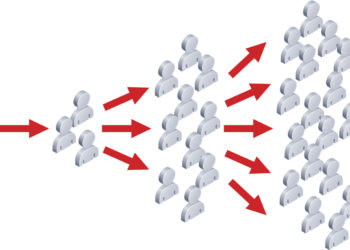Earlier this week, we featured a post that used emojis to identify different parties benefiting from different aspects of publication. One wonders how that post will age — are emojis (and these particular emojis) something that will last and retain their meaning to readers?
How do you design a symbol that needs to stand the test of time? What if you’re designing a symbol for something dangerous that still needs to convey that danger in 10,000 years?
Discussion
4 Thoughts on "Designing a Lasting Symbol"
Such a good question. I tend to think the Punisher icon might work well, unless those in the future don’t have skulls like ours. Or if the audience is extraterrestrial, might not have skulls at all. Maybe we need to leave a golden record such as that on Voyager. And leave a record player, too—solar- and crank-powered, motion-sensitive.
Thanks for posting David, excellent, reminds me of a speaker we had at the SSP IN meeting some 8+ years ago, Julie Beckman was one of the two architects who won an open competition to design and create the 911 Pentagon Memorial. Julie talked through the fascinating process of designing, creating and building a memorial that will in last ‘forever’ err well a long long time. In many ways this is very different to the current business climate of what’s happening in the next quarter or fiscal year … and hence always good to hear and contemplate a different vision outside our immediate perspective, from time to time, as this video does too.
A fascinating topic. The Finnish documentary ‘Into Eternity’ tackles it too, in the context of an underground nuclear waste site that will need to keep people out for at least 100,000 years. (It also begs the question, if humans found (and correctly interpreted) a warning from thousands of years ago, would we heed it?)
Great piece and the focus of serious research in a project called the Human Document Project see http://hudoc2017.manucodiata.org/ How do we preserve documents in case of catastrophe and/or the disappearance of the human race? What materials will last – a Rosetta Stone like object?What information is worthy? How simple/complex does it have to be? etc


